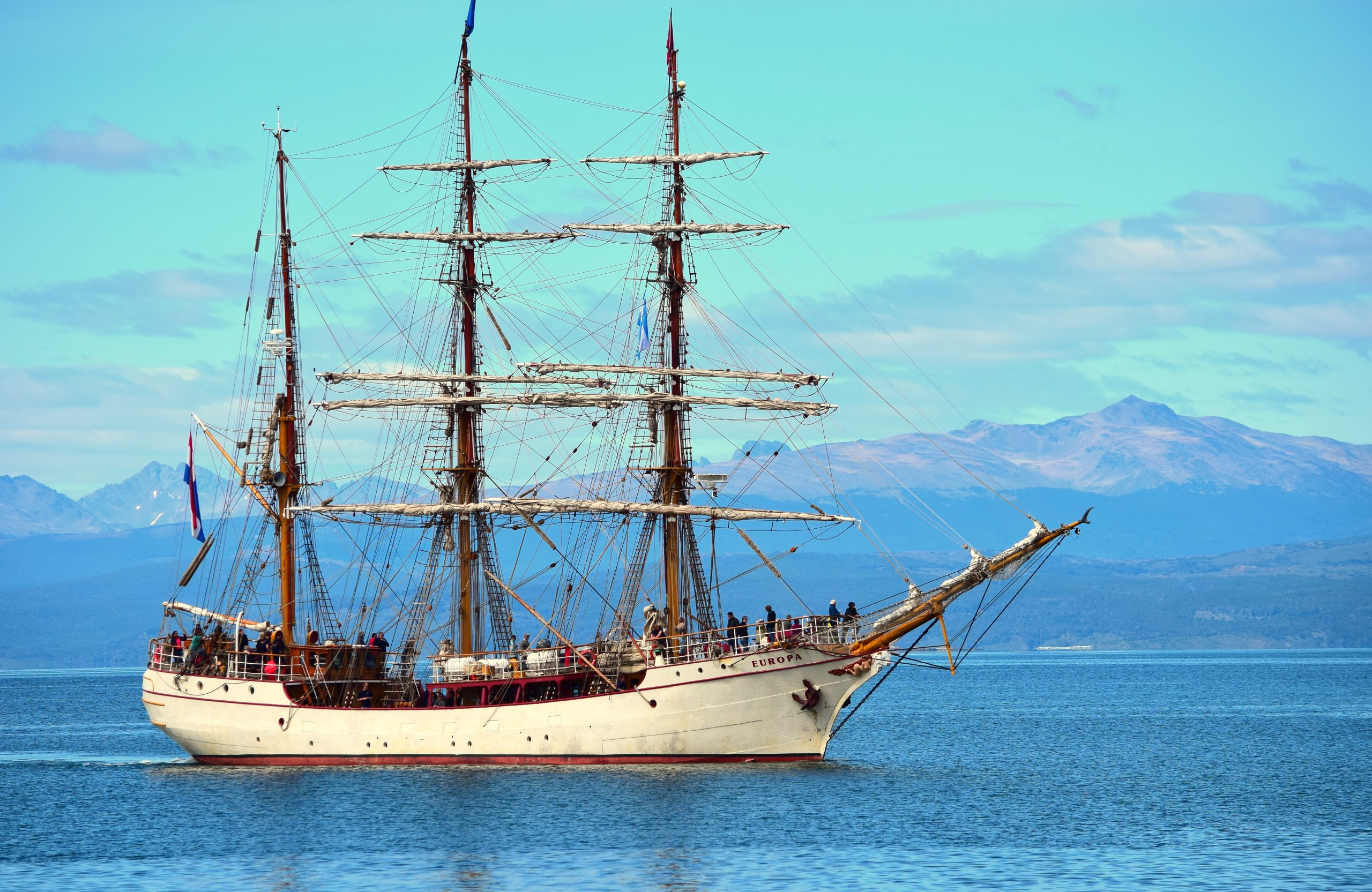
How Did Old Ships Survive Storms?
A major storm can wreak havoc on even the sturdiest ship, battering it with towering walls of water.
Fortunately, modern forecasting methods make getting out of the way easier. That’s not to say a hurricane can’t still be a scary experience.
In the past, a hurricane could destroy a ship for days or even weeks before it sank. Here’s how they did it.
Wind
Among the many challenges that sailors face at sea, storms are one of the most dangerous. They can wreck even the most sturdy ships and force crews to turn back.
To avoid the worst storm, ships would try to steer for the ocean area that will see the shallowest waves and lowest winds, the side counterclockwise from the storm’s leading edge. They also had to ensure they were far away from land so they wouldn’t crash into it.
Old ships didn’t have any way of knowing the wind or wave height, so they had to improvise. That meant heaving their sails up or down and furling them as needed to keep them from blowing off.
They also had to be careful not to run directly into the oncoming waves, or the waves could rip over the stern (back) of the ship. This would cause damage, and it could dump tons of water aboard and rip out the bottom of the ship.
Waves
The sea is one of the harshest environments for ships. It churns waves and seawater that can corrode metal, destroy equipment and cause damage to passengers and cargo.
But a well-designed ship, with a competent crew and good weather information, can survive most storms. The most dangerous storm is the one with big waves, which can be hard to predict or avoid.
Scientists have developed a way to detect and track these dangerous waves, called rogue waves. They are much bigger than other waves and are not predicted by normal forecasts so they can wreak havoc on ships and their crews.
Luckily, these rogue waves are rare. There’s only a chance of catching one every 3,000 waves. But they can still be a scary experience, so it’s important to anticipate them when sailing. It’s also best to take action in a calm and organized fashion rather than to panic. That way, you won’t do more harm than good.
Storm Sails
Historically, sails were a key tool for sailors to stay safe at sea. They kept a boat afloat during storms and protected from strong winds, waves, and currents.
Today, sailboats are much safer and more efficient than before, thanks to technology and design improvements. Sailors also have more options when preparing for dangerous weather conditions.
For instance, modern boats can carry a storm sail or trysail in addition to a normal mainsail. These small triangular sails are typically attache at the base of a mast using a multi-point tie system and can be easily deployed in rough weather.
Some sail lofts build storm sails specifically for offshore racing sailors, who often use them to achieve high speeds in foul weather. These sails are usually more durable than consumer models and are reinforce where they’re most likely to see the most wear.
The Crew
When storms rolled in, sailors of old were armed with harnesses and sophisticated equipment to protect themselves against the elements. Even so, being on the ocean’s surface during a hurricane was a terrifying prospect.
Today, the National Weather Service helps ships to avoid storms and track them before they strike. But there was no such thing as a public weather forecast during the Golden Age of Piracy, so crews would have to do all they could to survive a raging storm at sea.
That’s why many old ships were built with a large and experienced crew that knew to survive a disaster like this. That’s why it is important to learn from these brave men who put themselves in danger so we can keep our ships safe and sail safely into the future.
